Features
The Big Bang has long been taken to be our universe’s beginning. However, recent Oxford University research, published in Physics Letters B, has revealed that Earth’s universe actually existed before the point known as the Big Bang. David Sloan, Postdoctoral Research Associate in Oxford’s Department of Physics, discusses the thought provoking findings.
In the 1960s Stephen Hawking and Roger Penrose proved the “singularity theorems.” These formulae showed that Einstein’s model of the early universe always reaches a point in the past at which it cannot continue. This point is what most physicists have taken to be the beginning of time. However, our findings have shown that although the interpretation of Einstein’s work breaks down, the reality of physics continues.
There have been several previous attempts to resolve the problem of the limits of Einstein’s model, in many cases scientists have created models that introduce new effects to gravity (such as string theory or loop quantum gravity) that alter the models so that they never encounter this problematic point.
Our approach is significantly different in that we do not avoid the Big Bang, but rather continue our solution straight through it to what happened before. We introduce no new principles, and make no modifications to Einstein’s theory of General Relativity--only of the interpretation that is put upon objects. Our findings do not dispute the occurrence of the event, more its position as the beginning of time. Our equations predict that the Big Bang was simply the moment where the orientation of space changed.
In other words, this new research resolves a dilemma in understanding the early universe not by creating a new model of it, but rather by reimagining the interpretation of Einstein’s existing model.
We separate the behaviour of entities in our early universe from the map that they make of the universe, and find that although the map breaks down, physics itself does not.
The technical reason why this is possible is that the equations Einstein developed contain terms which themselves cannot be calculated at the Big Bang – physical parameters such as energy density or curvature which tend towards infinity.
Importantly, however, there is a remarkable property of the equations that until now has been deeply hidden: All the terms that are problematic turn out to be irrelevant when working out the behaviour of quantities that determine how the universe appears from the inside.
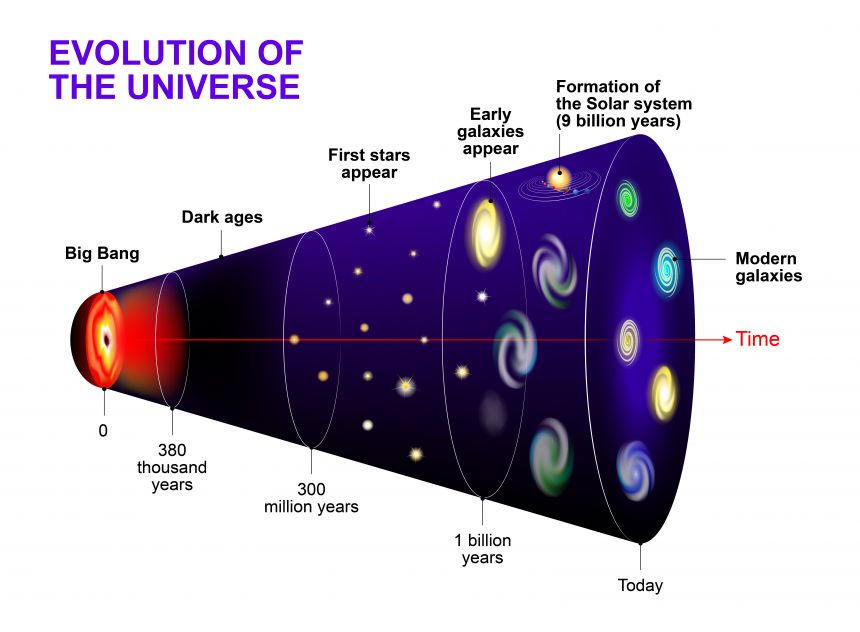 A cosmic timeline of the evolution of our stars, galaxy and Universe after the Big Bang.
Image credit: Shutterstock
A cosmic timeline of the evolution of our stars, galaxy and Universe after the Big Bang.
Image credit: ShutterstockWhen seen from the inside, there is no way to measure the overall size of the universe. All that we can see are the relative sizes of objects and their shapes. We then write the equations that determine how these relative sizes and shapes evolve purely in terms of one another without ever referencing the overall scale.
When described just in terms of shapes and relative sizes, the universe approaches the Big Bang by flattening out like a pancake. Any three-dimensional object becomes effectively two dimensional at the Big Bang. Going through the Big Bang the object becomes three dimensional again, but will appear to be back-to-front.
We based our interpretation on these terms and found that there is a well-defined universe on the other side of the Big Bang, where the same interpretation of the theory can be applied. There we see that the universe before the Big Bang looks qualitatively similar to our own with some interesting differences.
There is an inversion of “chirality”, meaning objects that look right-handed in our universe, will emerge left-handed on the other side.
Initial work has shown that thermodynamic quantities like entropy (which determine, for example, how refrigerators work, and the heat we get from the sun) are also inverted, so someone who lived in this universe would experience time that ran the opposite way to our own. From their perspective our universe would be their past.
In future work we hope to gain a better understanding of the details of this mirror universe, this observation has the potential to provide further insights into the nature of time in our universe and our own origins.
1) Eating too many bananas makes you grow more body hair by increasing levels of potassium.
2) Maggots are used in hospitals to clean infected wounds.
3) Excessive cycling can cause permanent damage to the muscles in the face.
Look at the statements above. One refers to current medical thinking, one is an idea from the past, and one has been made up entirely. But which is which (answers below)?
These are just some of the weird and wonderful statements put to people who play Mind-Boggling Medical History, a game developed by Oxford's Dr Sally Frampton and colleagues, funded by the Arts and Humanities Research Council.
Mind-Boggling Medical History is an educational game designed to challenge preconceptions about history and show how ideas in medicine change for a variety of reasons. From floating kidneys and wandering wombs to transplanted heads and dogs that detect diseases, the game challenges players to look at a series of statements and decide which concern current medical practice, which are based on historical ideas or practices no longer used, and which have been, well, made up.
Players can choose from a number of rounds related to different medical themes, including sex and reproduction, animals, mind, and treatment. A physical card pack is available to those working in education, nursing, public engagement and museums, and an online version is freely available to all.
The game draws on the interdisciplinary work of the Constructing Scientific Communities project, led by Professor Sally Shuttleworth of Oxford’s Faculty of English, which explores the concept of citizen science in the 19th and 21st centuries.
Dr Frampton said: 'Mind-Boggling Medical History originated as a public engagement activity for museum events. Because it had such a positive reception, we decided to apply for Arts and Humanities Research Council funding to help develop the game into a more sophisticated learning resource designed to aid critical thinking.
'The game is aimed at school students, nursing and medical undergraduate students, and museum visitors. Our collaboration with the Royal College of Nursing has been a really important part of the project and has helped us explore how the game might be used by healthcare students to get them thinking about the ways medical knowledge and scientific evidence change over time.
'Through the game we have tried to build on the objective of the Constructing Scientific Communities project of enhancing understanding of public engagement with medicine and science. We hope it will also show how historical facts and theories can be used to prompt questions about current understandings of medicine and science.'
Answers: (1) Fictional; (2) Present; (3) Past.
Two of Oxford's early-career academics have been chosen among this year's New Generation Thinkers by the BBC and the Arts and Humanities Research Council (AHRC).
The scheme gives researchers with a passion for communication a platform to share their ideas with a wider audience via BBC Radio 3 and other outlets.
Representing Oxford this year are theologian Dr Dafydd Mills Daniel and English scholar Dr Lisa Mullen. They are the latest in a total of ten Oxford academics who have been selected as New Generation Thinkers since the first cohort was announced in 2011.
Dr Daniel is researching Sir Isaac Newton the committed Christian and alchemist, while Dr Mullen is working on a monograph looking at the work of George Orwell through the lens of his complex medical history, examining how his experience of being a patient influenced his political thought and use of language.
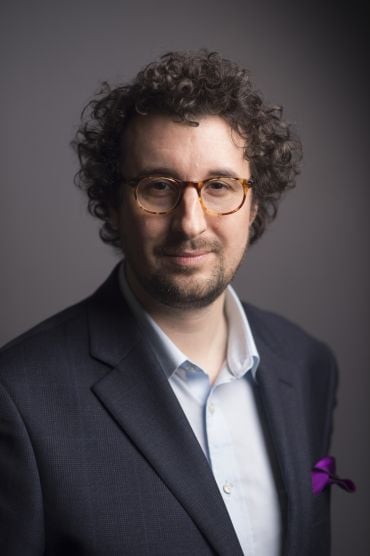 Dr Dafydd Mills Daniel (AHRC / Steven Haywood Photography)
Dr Dafydd Mills Daniel (AHRC / Steven Haywood Photography)Dr Daniel is the McDonald Departmental Lecturer in Christian Ethics in Oxford's Faculty of Theology and Religion, as well as a theology lecturer at Jesus College. He said: 'I was absolutely thrilled to have been chosen as one of this year's New Generation Thinkers. To go to the BBC and to talk to producers and representatives from the AHRC about making arts and humanities programmes was an incredible experience.
'I am particularly keen to highlight what it means to study theology. Theology is a number of things, and one of those things is the opportunity to study a range of subjects, from languages, ancient texts and the rich tapestry of diverse religious traditions, to ethics, philosophy of religion, and the history of ideas.
'As a New Generation Thinker, my research concerns Sir Isaac Newton. Not Newton the rational man of science, who is often regarded as the founder of the secular age, but Newton the committed Christian, who was also an alchemist – staying up all night in his laboratory attempting to discover the philosopher's stone, which would turn ordinary metal into gold. I find the interplay between Newton the scientist, alchemist and theologian a compelling subject for research in itself. It also crosses over into wider areas of my academic work, which concern the history and development of such ethical and philosophical concepts as "reason" and "conscience" from the 17th and 18th centuries into the modern day.'
Dr Mullen, the Steven Isenberg Junior Research Fellow at Worcester College, said: 'It's a huge honour to be chosen, and I can't wait to get started. Communicating ideas is a key part of being an effective researcher, and the feedback and advice I've already had from people at the BBC and the AHRC has been really useful.
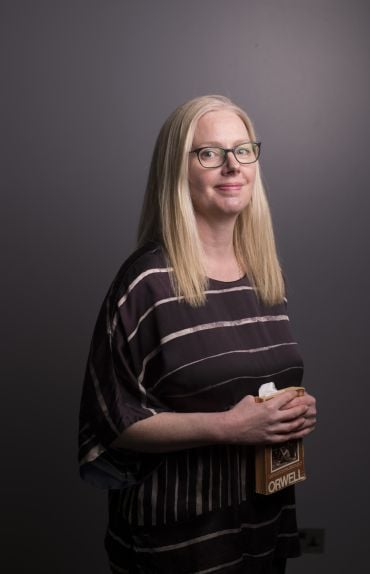 Dr Lisa Mullen (AHRC / Steven Haywood Photography)
Dr Lisa Mullen (AHRC / Steven Haywood Photography)'Like most academics, I’m always happy to talk about my particular area of research and why I find it fascinating, but the New Generation Thinkers award is an opportunity to plug into all kinds of different cultural conversations, and to think about how my work intersects with broader questions and debates. Questions about language, knowledge, power, the value of literature – these are all things that really got Orwell going, and they are just as urgent now as they were in the first half of the 20th century.'
The ten New Generation Thinkers for 2018 were selected after a nationwide search for the best academic ideas with the potential to be shared through the media. The winners will now have the opportunity to make programmes for BBC Radio 3 and other outlets, as well as contributing to wider media through the AHRC. In addition, the scheme partners with BBC Four, where some of the selected academics will be given the opportunity to present a programme for TV.
Alan Davey, Controller of BBC Radio 3, said: 'Radio 3's mission is to connect our audiences with pioneering music and culture, and since its launch in 2010, the New Generation Thinkers has been a central part of this. The scheme has supported and nurtured some extraordinary academic talent, giving the broadcasters of tomorrow a platform through which to present their fascinating and thought-provoking research to our listeners, and I can't wait to hear what ideas these ten exciting thinkers will bring to us in the coming year.'
Professor Andrew Thompson, Chief Executive of the AHRC, said: 'This scheme is all about helping the next generation of academics to find new and wider audiences for their research by giving them a platform to share their ideas and allowing them to have the space to challenge our thinking. The New Generation Thinkers scheme is also one of the AHRC's major vehicles for engaging the public with the inspiring research taking place across the UK. More than ever we need the new insights and knowledge that come from arts and humanities researchers to help us navigate through the complexities of our globalised world and address the moral and ethical challenges of today and tomorrow.'
‘I’m passionate about what I do’ is arguably one of the most hollow, overused expressions in the CV writing handbook. For an increasing amount of people who clock-watch their way through a 9-5 existence, rarely getting the results or satisfaction that they are hoping for, having a passion for your work is more of a pipe dream than a tangible reality. Particularly for those further along the career path, who often convince themselves that they are either too old to succeed or that it is too late to try.
For the first 15 years of her professional life, Carlyn Samuel was one of these people. Having built a successful PR career, it was only when she put the brakes on and took some time for herself, that, at the age of 38, she made the decision to take a Master’s degree in Conservation Science and start over. Eight years later, she has never looked back and is now a research coordinator at Oxford’s Interdisciplinary Centre for Conservation Science (ICCS). She talks to ScienceBlog about why making a major career transition later in life was the best decision she ever made, and how she has used her communications expertise to make research more accessible to the wider public through Soapbox Science.
What triggered your decision to change career?
I spent 15 years of my working life in PR for the printing industry – not exactly the most eco-friendly world. The lack of fulfilment bothered me, but never enough to actually do anything about it. A three month sabbatical exploring the Amazon Rainforest turned out to be life-changing. Few people know this, but substantive parts of the Amazon are owned by the fuel industry. In one area I visited it shocked me to see the region divided up into plots. Instead of town names each bore the name of a multinational oil company. But I came across one community that was completely independent. Despite extreme pressure they had refused to sell out to big business, and they had started an eco-lodge. It struck me that if they could stand up and save their little piece of the jungle, I could do my part to protect our wonderful planet.
So, at 38 I decided to go for it, and applied for a master’s degree in Conservation Science at Imperial College London, which is where I met EJ Miller-Gulland, (Tasso Laventis Professor of Biodiversity in Oxford’s Department of Zoology.) She offered me a job after I graduated and I have been working for her ever since.
What does your role in the ICCS group involve?
I’m lucky that I get to work on a number of different projects in one job. From trying to change the discourse in conservation through our Conservation Optimism movement, to protecting endangered antelopes with the Saiga Conservation Alliance. This involves travelling to central Asia a lot and working with rural, low income communities. Most have challenging lifestyles, with temperatures ranging from 40 degrees celsius in the summer to -30 in the winters, often with no running water and limited electricity. It reminds me to count my blessings and appreciate how lucky I am to live where I live, and be able to help people and biodiversity in some small way.
What do you enjoy most about conservation research?
I love the multi-dimensional nature of our work. Conservation isn’t just about saving specific species, it is about understanding the whole eco-system, the importance it has to local communities on many different levels - be it cultural, spiritual or economic - and the demands being placed on it by different stakeholders. Then understanding how to best work with people most affected by any conservation decision, as well as other groups and experts to safeguard both that biodiversity and people’s wellbeing.
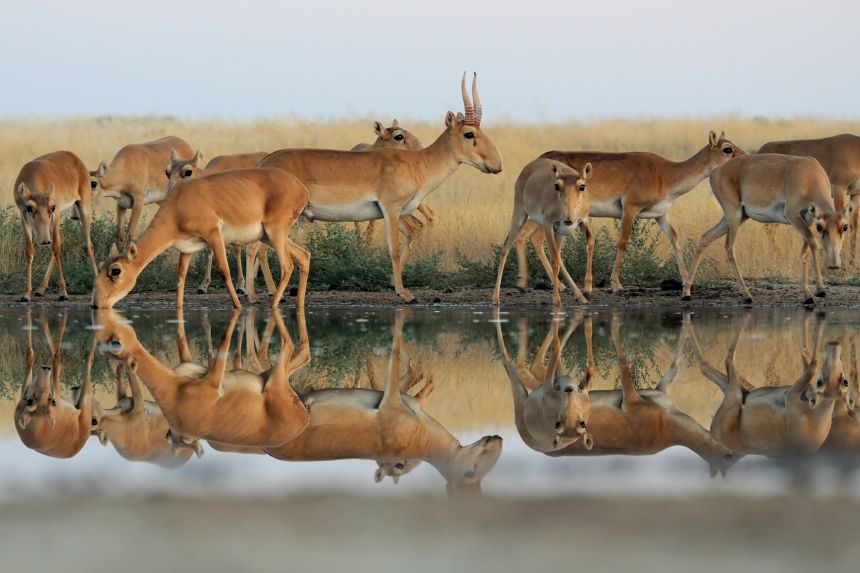 The ICCS runs a number of projects including the Saiga Conservation Alliance, protecting the endangered antelopes of Central Asia and the former Soviet Union. Image credit: Shutterstock
The ICCS runs a number of projects including the Saiga Conservation Alliance, protecting the endangered antelopes of Central Asia and the former Soviet Union. Image credit: Shutterstock
How do you go about this?
A successful project often considers the big picture, so is tackled by an interdisciplinary team.
One ICCS project involves tackling the illegal wildlife trade, bringing together inspirational colleagues across the University that you wouldn’t normally interact with. For example, we are working with the Oxford Internet Institute to understand the trade’s digital footprint and the role of the dark web. To address the problem we’re utilising theory and methods from public health, economics, psychology, ecology and sociology. I never would have imagined that a career in conservation would involve so many different skill sets.
Have there been any stand-out highlights for you so far?
The Conservation Optimism movement is brilliant. Thanks to things like Blue Planet, ocean conservation is an issue that seems to have finally captured public attention. The summit I helped to arrange last year brought people of different ages and backgrounds together, from all around the world.
Young people are so internet savvy and enthusiastic, it was really inspiring to sit and listen to what they are doing to conserve nature. They are able to tap into so many new funding streams because people want to support local, youth-driven programmes. We had conservationists with over 40 years’ experience eagerly engaging with the next generation of conservationists, wanting to learn from them and vice versa. It was great see that knowledge exchange in action. When we set up the initiative we wanted to create a hub for people to share ideas and connect with each other, which is really taking off. And now there are smaller Conservation Optimism events springing up across the world as a result.
What are the biggest challenges in your work?
It can be hard to get funding for conservation if the project doesn’t involve charismatic megafauna in Africa – and particularly if you work in ex-Soviet countries, as we do. For us, £5k is a tonne of money that we can do so much with. We can run a saiga awareness programme across multiple schools, in several countries! Or fund a womens’ embroidery initiative in Uzbekistan to empower women.
Publicity definitely helps though - recent coverage around saiga deaths has triggered a peak in interest in conservation-related issues. We are getting there, we just have to sustain that momentum.
What has your experience been as a women starting a career in science later in life?
Coming in at Master’s degree level there were more women on my course than men, which was a welcome surprise, and we’ve continued to support each other’s careers ever since. I have been fortunate to have strong female role models and mentors like EJ, so have never felt unsupported. For me the challenge was learning how to study after all this time, and learning my way around a new field.
For various reasons it is difficult to get women to consider taking-up scientific careers. I looked into this a little more and discovered that at school, girls are more likely to rate science as their favourite subject, and out-perform boys at GCSE, A-level and degree-level. Even so, STEMM subjects have been found to account for only 35% of the HE qualifications achieved by women. Notably, women account for only 15% of UK science professors and are woefully underrepresented when it comes to key positions within STEMM-based careers in the UK.
I think there is a constant bias, particularly for women who return to work after having children. Unconscious questions like ‘is she still going to be as focused on her work?’ Men who become fathers are rarely judged in this way.
The way the media biases perceptions does nothing to help change the dialogue. Headlines about ‘female pilots/doctors/scientists’ drive me mad. She’s not a female pilot, she’s a pilot.
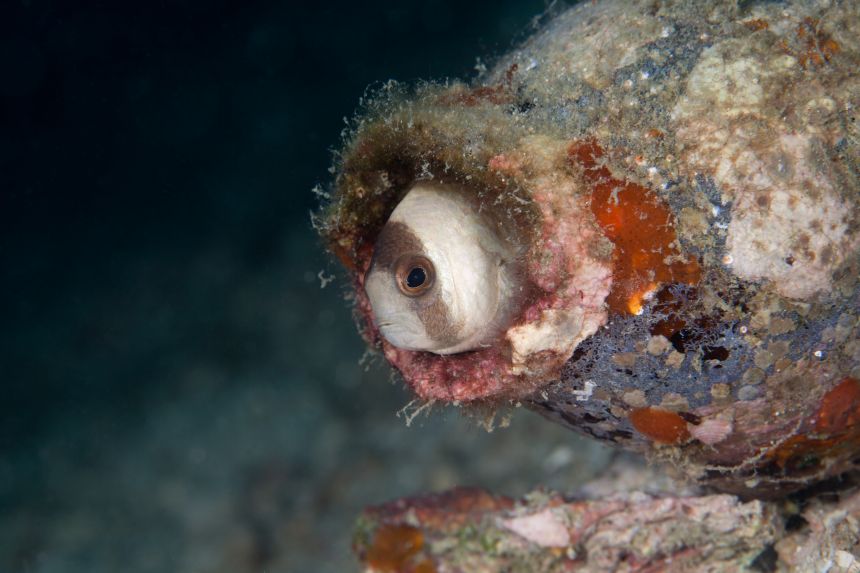 Carlyn also works on Conservation Optimism, the global initiative dedicated to sharing optimistic stories about conservation and inspiring people all over the world to do their part to protect the planet.
Image credit: Shutterstock
Carlyn also works on Conservation Optimism, the global initiative dedicated to sharing optimistic stories about conservation and inspiring people all over the world to do their part to protect the planet.
Image credit: ShutterstockHow did you come to be involved in Soapbox Science?
I stumbled across it in London and just thought it was such a great way of getting science out there and showing people that women in science are not freaks – they’re real people who can be very approachable.
It works on different levels, first to get young women more engaged in science, and secondly, to challenge our academics to communicate their research in a more accessible way, it also does a great job of boosting their profiles and careers.
Young girls who might be passing and have never thought of science as an option for them get to see how fun it can be - it’s not just about the highbrow science. We have had a few situations where children have approached the speakers afterwards to thank them for being so brave and inspiring. If you just inspire one person, that’s all it takes.
What do you like most about the initiative?
There are so many incredible women here but trying to get them not only to talk about their work, but to a general audience, can be a challenge. They are so nervous, but once they get up on the soapbox they are running on adrenalin. It isn’t just good for their science but for their CV and their confidence. It can lead to jobs in science communications and increased research funding. I love seeing them excel.
What do you think can be done to encourage more young people to get into science?
School curriculums need to make the real world connections clearer to make learning more interesting and relevant.
It’s often said that if you are bad at maths or science you can’t work in a science-led field, but I don’t agree. You can still offer a lot, but there needs to be a route in for these people too. We need to teach young women that you don’t necessarily have to be a scientist to work in ‘traditional’ scientific environments. I recently spoke with a fantastic drone pilot working on a rigorously scientific ocean conservation project. She isn’t a scientist but the project would have been impossible without her.
What are you looking forward to this year?
I run our biodiversity fellowship programme, which is a great two-way learning experience. It allows three people a year to come and work with ICCS for a term, fully funded. When the programme first launched we had about 50 applicants but now it is so popular, that we have over 300.
We recently had a vet with us from Uganda who works on gorilla conservation. She noticed that local people, with limited access to basic health and other social services were passing diseases to the gorillas, so she developed a public health programme. Integrating human, animal and ecosystem health together is a new field in conservation and gaining traction. Coming into the office is like getting my batteries recharged with inspiration.
HIGHLIGHTS FROM SOAPBOX SCIENCE OXFORD 2017:
Written by Mark Mann, Innovation Lead for Humanities and Social Sciences, and Gregg Bayes-Brown, Communications Manager, Oxford University Innovation. First published on the Oxford University Innovation blog.
Since its inception, tech transfer – or university innovation – has been a field dominated by the STEM sciences.
There are a number of good reasons for this. First and foremost is the level of support it requires for a physical or life sciences-based spinout company to go from incorporation to market. Compared with a regular startup company, which can take anywhere between a couple of months to three to five years before it's making money, the development cycle for a spinout can be up to ten years and beyond.
There's also patenting, which is typically focused on technological innovation – a core activity of a university innovation office such as Oxford University Innovation (OUI). While there's nothing set in stone about how to catalyse innovative ideas, the general rule of thumb will involve patenting the ideas OUI deals with first before developing them further. While this works fine for areas such as engineering or drug discovery, it's a different story for ideas from humanities and social sciences (SSH).
OUI has made some inroads to challenging this STEM bias and supporting the wider University, punctuated by the OUI Incubator. Since its inception in 2011, the OUI Incubator has helped incorporate nearly 30 startups, over half of which emerged from social sciences. And yet, for academics in SSH wishing to pursue spinouts, university innovation has been largely off limits.
Until now.
OUI is responding to increasing demand for innovation support from the SSH community and is developing a number of different products to support academics looking to create greater impact from their ideas.
First is the social enterprise, or social venture, model. Sitting in the overlap between a charity and a for-profit company, social enterprises come in a few different flavours. The general idea is that all profits from the company are considered 'evergreen' – that is, they are continually funnelled back into the company to create sustainable growth. While these companies do remain profit-making organisations, the focus isn't 'for-profit', but 'for-impact'.
We feel that the social ventures model is more in line with SSH's ethical, moral and impact-driven motivations for engaging with innovation. Consequently, OUI is conducting research into social enterprise programmes at peer institutions, it has taken on staff focused on SSH, and it is currently leading discussions with the wider university to design and deploy Oxford's social enterprise offer.
Most importantly, OUI is busy developing strategies and initiatives that ensure the successful launch, growth and sustainability of social enterprise. At present, OUI-backed spinouts have a survival rate (that is, they are still in business or have successfully sold after their initial three years) of 87%, compared with a national average of 54%. Bringing the same level of high-quality support our spinout body benefits from to social enterprise will be mission critical for OUI.
We're yet to formally roll out the social enterprise offer but already have over 20 projects in our pipeline from word of mouth alone. In fact, there's actually a race on between SSH and the Medical Sciences Division to see which will be our first, sOPHIa from SSH or LIFE (Life-saving Instructions For Emergencies) from tropical medicine.
LIFE is using mobile and virtual reality to medically train people in developing countries and was the first beneficiary of another key vehicle for SSH-related innovation at Oxford: OxReach. A crowdfunding platform developed by OUI in partnership with the University's Development Office, OxReach has now raised around £200,000 for four projects by harnessing Oxford's extensive network for support. The latest, Greater Change, is looking to rethink how we help the homeless. The Greater Change team successfully raised £33,000 in December and is currently using the funds to develop an app that facilitates secure, cashless donations to the homeless.
We've also been busy getting SSH ideas out into the wider world through what we know best: spinouts. We completed InkPath, a Humanities Division spinout offering career support for academics, in 2017, and we'll be announcing our first Social Sciences spinout in 15 years in the coming weeks.
This is just the beginning. The work innovators in SSH have done so far, and what we're hoping to achieve together with SSH in the future, will be the focus of our next Oxford Innovation Society meeting later this month. In the long term, we're hoping that our work with SSH will open up a new chapter in university innovation.
- ‹ previous
- 74 of 248
- next ›

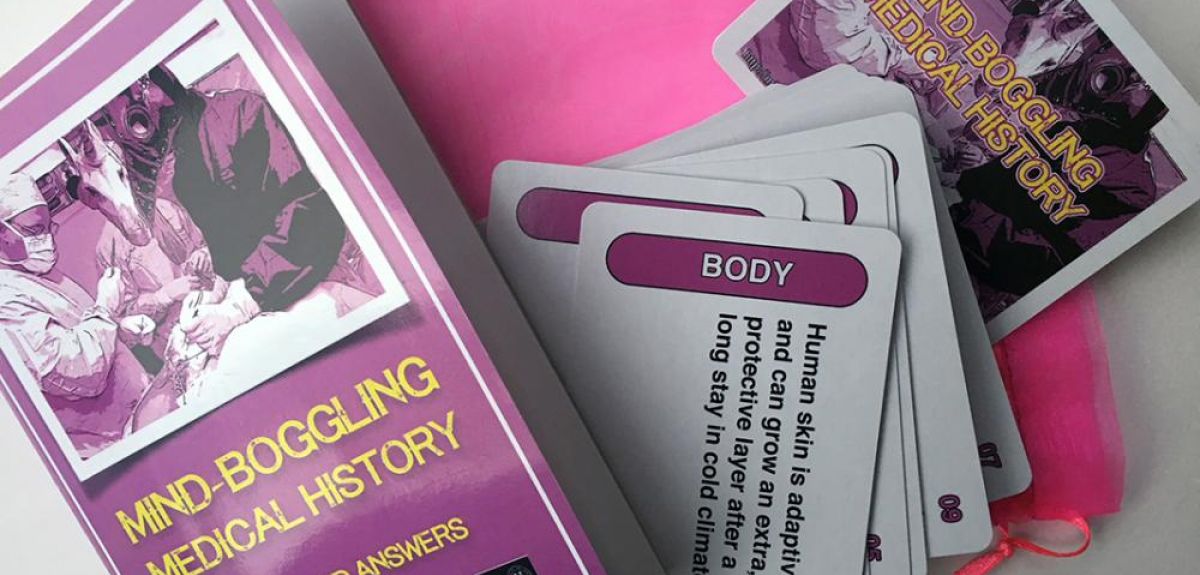

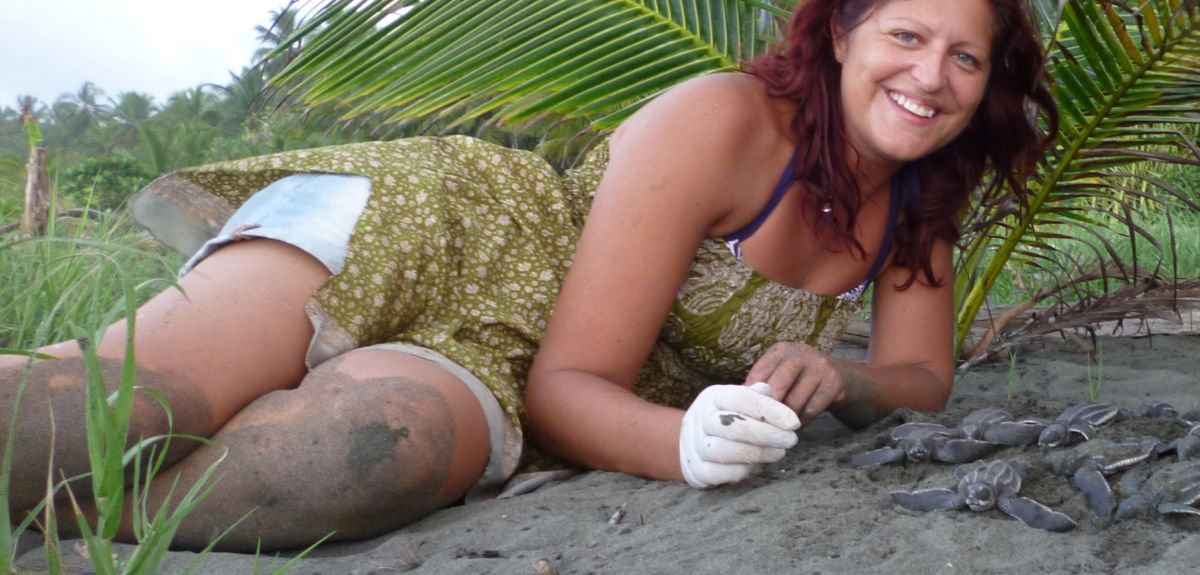
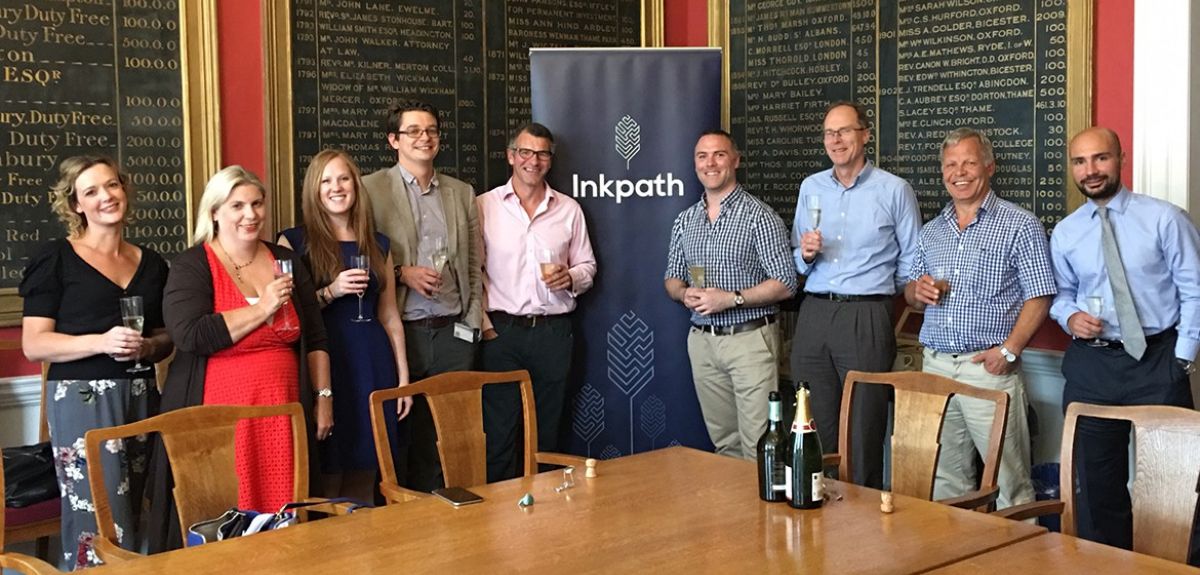
 The hidden cost of AI: In conversation with Professor Mark Graham
The hidden cost of AI: In conversation with Professor Mark Graham  Astrophoria Foundation Year: Dr Jo Begbie reflects on the programme’s first year
Astrophoria Foundation Year: Dr Jo Begbie reflects on the programme’s first year World Malaria Day 2024: an interview with Professor Philippe Guerin
World Malaria Day 2024: an interview with Professor Philippe Guerin From health policies to clinical practice, research on mental and brain health influences many areas of public life
From health policies to clinical practice, research on mental and brain health influences many areas of public life From research to action: How the Young Lives project is helping to protect girls from child marriage
From research to action: How the Young Lives project is helping to protect girls from child marriage  Can we truly align AI with human values? - Q&A with Brian Christian
Can we truly align AI with human values? - Q&A with Brian Christian  Entering the quantum era
Entering the quantum era Can AI be a force for inclusion?
Can AI be a force for inclusion? AI, automation in the home and its impact on women
AI, automation in the home and its impact on women